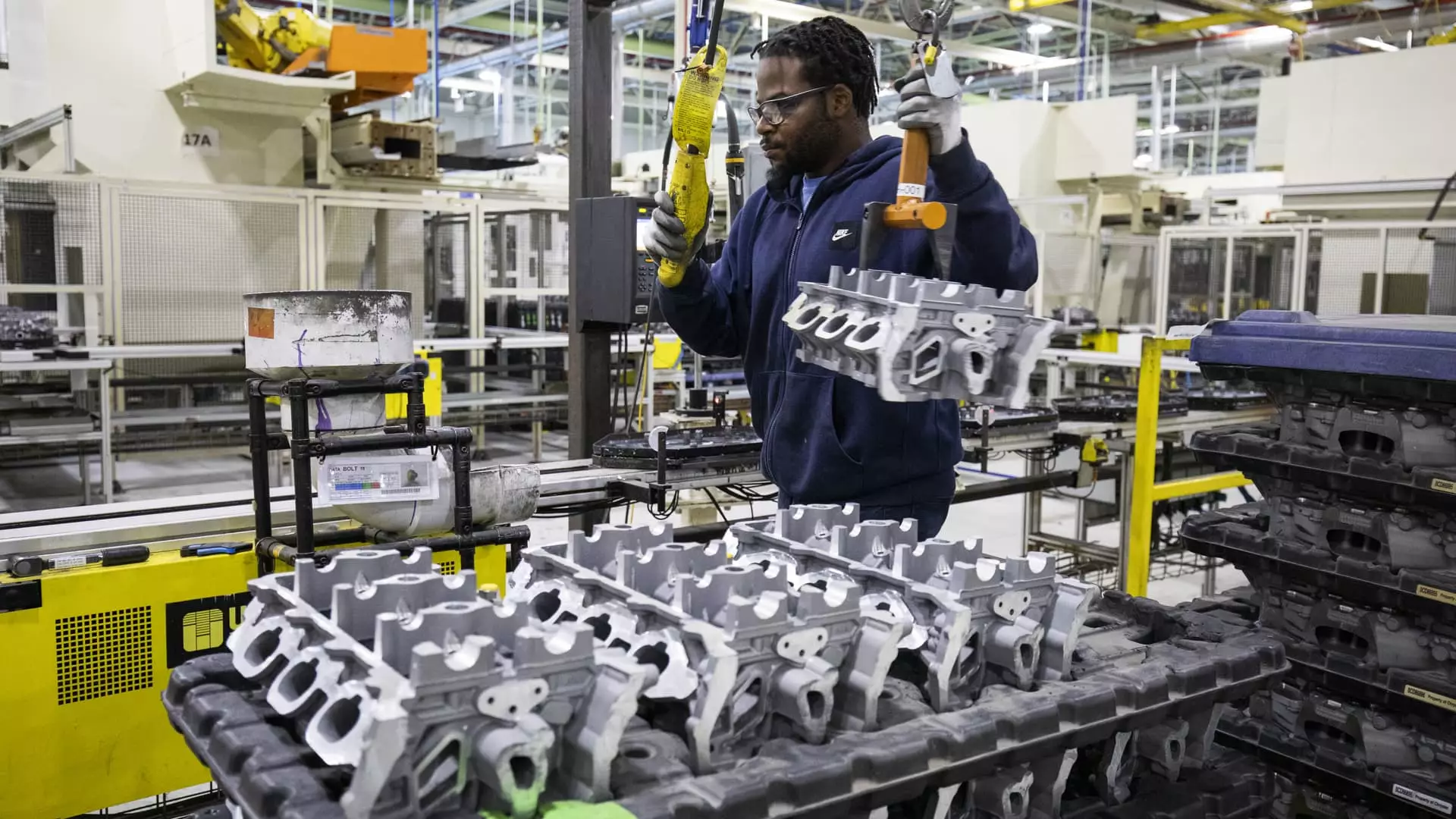In a surprising turn of events, six of the United States’ most influential automotive policy organizations have banded together in a rare show of solidarity against the impending 25% tariffs on auto parts. This unprecedented coalition, which includes major players like the Alliance for Automotive Innovation and the National Automobile Dealers Association, raises alarms that these tariffs could plunge the already beleaguered U.S. automotive sector into further disarray. The perspective shared by these groups indicates a genuine fear that the tariffs could act as a death knell for many auto suppliers, pushing an already strained industry into a realm of chaos.
Historically, the automotive industry has been characterized by its fractiousness; competition among suppliers and automakers often leads to fragmented messaging. However, this newly forged alliance underscores a pressing urgency to safeguard the livelihoods of millions connected to the industry. A letter dispatched to top administration officials was conclusive: the consequences of these new tariffs would be disastrous. The stark reality is painted clearly—automakers face not just the specter of increased costs but a potential cascade of supply chain disruptions that could halt production lines, lead to layoffs, and ultimately fuel widespread bankruptcies.
The Fragility of the Supply Chain
The sentiment echoed in the coalition’s letter highlights a fundamental truth: the automotive supply chain is a tightly interwoven network where the failure of a single supplier can reverberate throughout the entire industry. The pandemic’s impact has made these vulnerabilities painfully clear, with many suppliers still recovering from the disruption. The message from this coalition isn’t just a plea for mercy; it embodies a deeper understanding of the interconnectedness of a sector that employs over 10 million people and contributes a staggering $1.2 trillion to the economy annually.
In response to the looming tariff crisis, industry executives and economists have warned of impending doom. Predictions of a significant decline in vehicle sales, increased prices for consumers, and a total industry cost escalation exceeding $100 billion raise the stakes considerably. Experts assert that while automakers might weather the storm better than their suppliers, the ripple effect could be catastrophic, leading to an industry at risk of collapse.
Policy Implications: A Call for Reason
The letter from the automotive coalition to Washington was notable not only for its content but for its timing. Only days after President Trump seemed to signal a willingness to re-evaluate these tariffs, the industry’s plea arrived, urging the administration to consider the broader implications of its trade policies. The administration’s prior decisions—such as easing tariffs on consumer electronics and semiconductors—demonstrate a capacity for flexibility that advocates hope will extend to the automotive arena.
For many suppliers relegated to living on the fiscal edge, the thought of an abrupt change in tariff policy is not just a hypothetical concern; it represents the potential for dire consequences that could lead to mass unemployment and economic instability. The notion that American manufacturing requires time to adapt to shifting global dynamics cannot be overstated. The automotive sector has spent decades developing intricate international supply chains. Expecting a rapid pivot towards domestic production without clear guidelines and reasonable timelines is not only unrealistic but fundamentally optimistic.
A Moment of Reckoning
What these developments reveal is a moment of reckoning for both policymakers and industry leaders. This joint intervention might signify a broader shift within the automotive community, wherein mutual interests transcend corporate rivalries. It prompts the industry to consider collective strategies that can bolster their common goals, while simultaneously ensuring that employees are safeguarded amid potential turmoil.
From the perspective of center-wing liberalism, collaboration across differing factions within the industry signals a mature understanding of the complexities involved in economic policy making. In a nation intent on reviving its manufacturing prowess, it is critical to craft policies that reflect a deep understanding of industry needs while balancing the overarching goals of economic growth and job preservation.
As pressure mounts, the automotive community finds itself at a crossroads, calling for both rational discourse and immediate action to avert a potential disaster. The success of this coalition—not just its ability to influence policy but also to galvanize public support—will shape the future landscape of the U.S. automotive industry, one that is both resilient and adaptable in the face of looming challenges.

